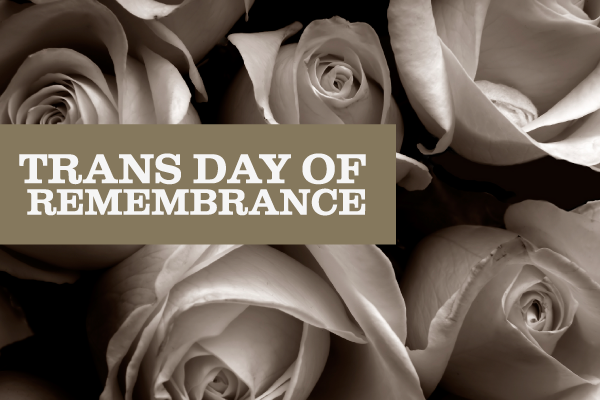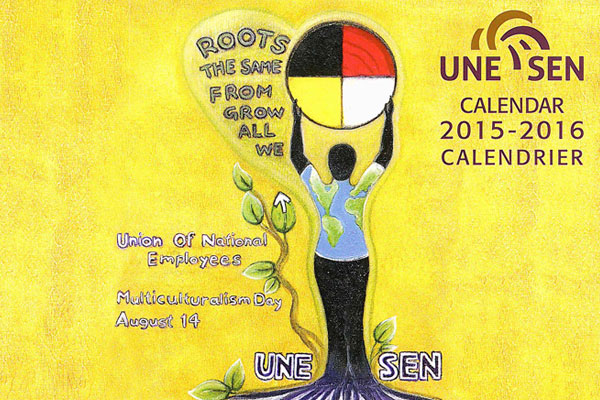There’s been great improvement in the work climate at the Office of the Auditor General, thanks to the hard work of the Local and the UNE. For the diligent Local executive there, a special meeting held last week provided an opportunity to showcase the progress that they have cultivated over the last two years.
“We recognized early on that there were a number of concerns at this particular workplace,” explained National President Doug Marshall. “I personally met with the Auditor General in January 2012 to talk about the workplace.”
“That’s what started the ball rolling.”
The UNE and the Local kept management’s feet to the fire; eventually management agreed to implement a number of changes to our members’ benefit.
These days, the Local is finding it easier to approach management and is often reaching solutions without having to resort to the formal grievance process.
“Management is now listening,” explained Local president Viviane Dugas Patry. “We also have noticed that members and employees feel safe to approach the Local and feel confident that the Local represents them.”
That’s a trend that also extended to health and safety, according to Franco Picciano, coordinator of member representation at the UNE, who also spoke during the meeting.
“There’s been a massive transformation,” declared Picciano. “We now get calls from people in the workplace who want to move health and safety issues forward because they feel comfortable going to the UNE. So, they are coming to us because (a) it gets dealt with and (b) they recognize that it gets dealt with in a professional manner.”
Viviane Patry Dugas, the Local president, has been assigned to a health and safety project aimed at bringing the OAG up to code. The Policy Health and Safety Committee has already conducted a comprehensive hazard assessment. There’s also a greater appreciation on the part of management of off-site risks, regional office issues and risks facing employees who work outside regular business hours.
There have also been some significant successes with regard to labour relations issues. Labour Relations Officer Leslie Sanderson informed the members that there is a greater deal of transparency when it comes to human resources processes. The resurgence of Union Management Consultation Committee meetings with senior management at the OAG has provided a valuable forum in which to engage the employer in discussions that concern our members. Also, the employer will be conducting its first classification review in 15 years and has started to apply the staffing policy more consistently.
“This just goes to show that when the union and the employer work together, everyone benefits,” concluded UNE National President Doug Marshall. “When labour-management consultation committees work well, both parties can come to solutions informally – can come to solutions faster – and can come to solutions that work for everyone.”
“We are here to fight for you and make positive changes in the workplace.”
The meeting was also the occasion for the Local to approve its standard local bylaws (reminder: a template for standard local bylaws can be found here). Regional Vice-President Patrice Rémillard was on hand to hold the vote, which yielded a unanimous approval.
The meeting concluded with an update on collective bargaining by PSAC Research Officer Shawn Vincent. The bargaining team is currently reviewing input it has received since February from the membership; it will be assembling a package of proposals shortly.
Vincent took the opportunity to talk about the tough battle ahead over sick leave. The government has been very vocal in its desire to drastically change our sick leave program as we know.
“That item has been the subject of discussion already – not just with PSAC, but with several other unions in the federal sphere,” explained Vincent.
“One of the very interesting things about this particular round of bargaining for federal public service workers – for the first time that I can remember, the federal unions that are party to the National Joint Council have signed a solidarity pact on this issue; none of them is interested in taking what the federal government is trying to sell us in terms of this radical change in sick leave.”
If you haven’t already, please visit the PSAC website and sign the pledge in support of paid sick leave for all Canadians.
_____________________________________
Looking for more information? Download the brochure that was distributed during this meeting.










